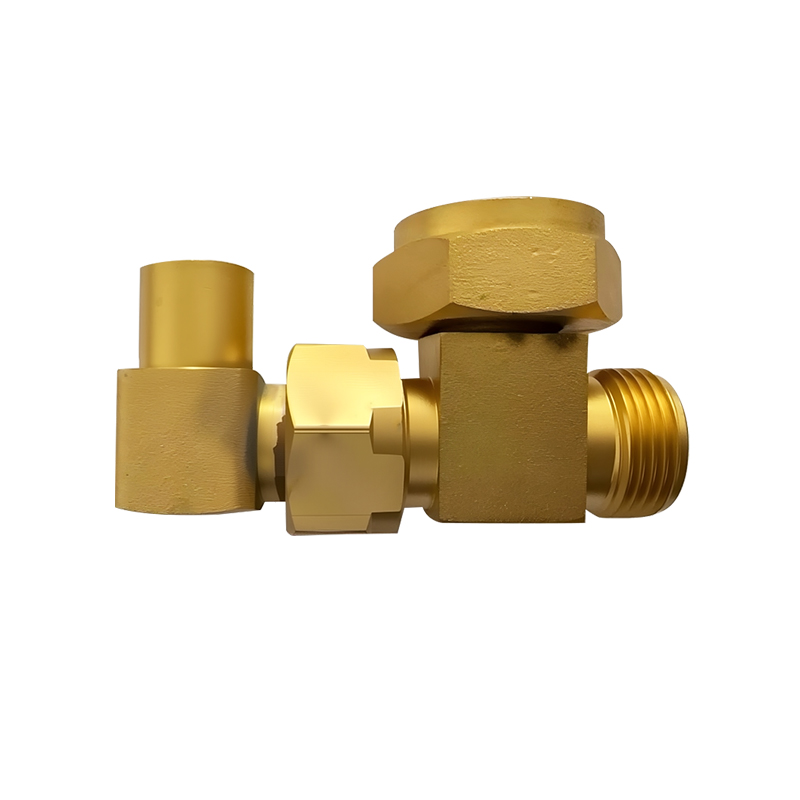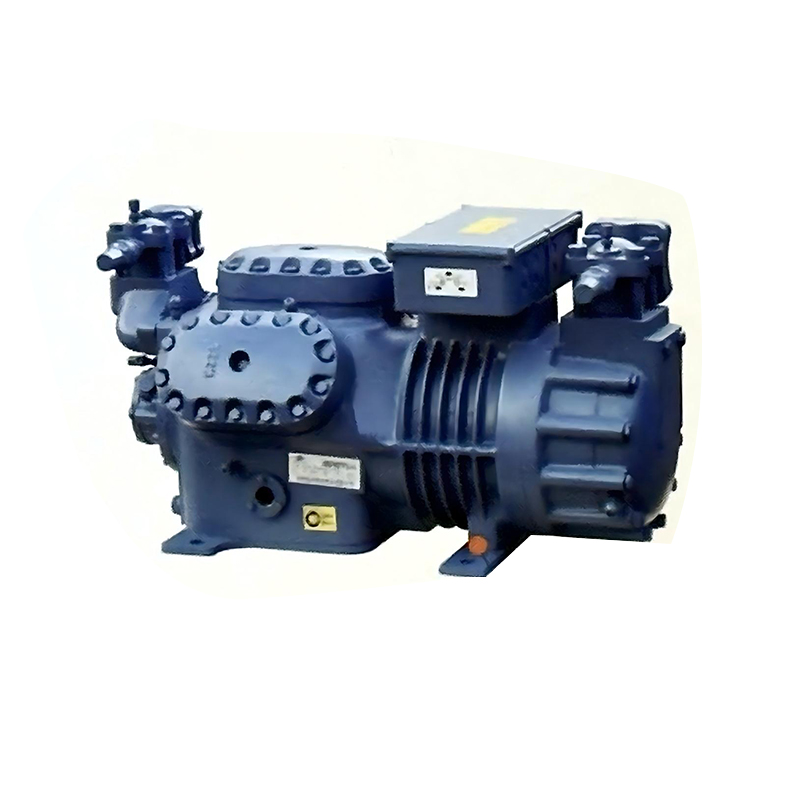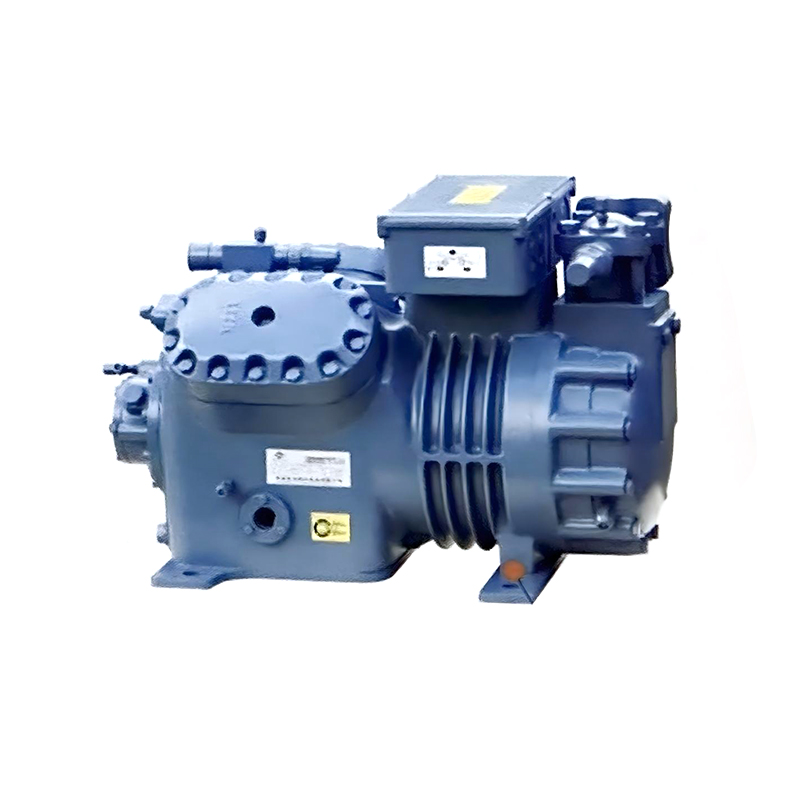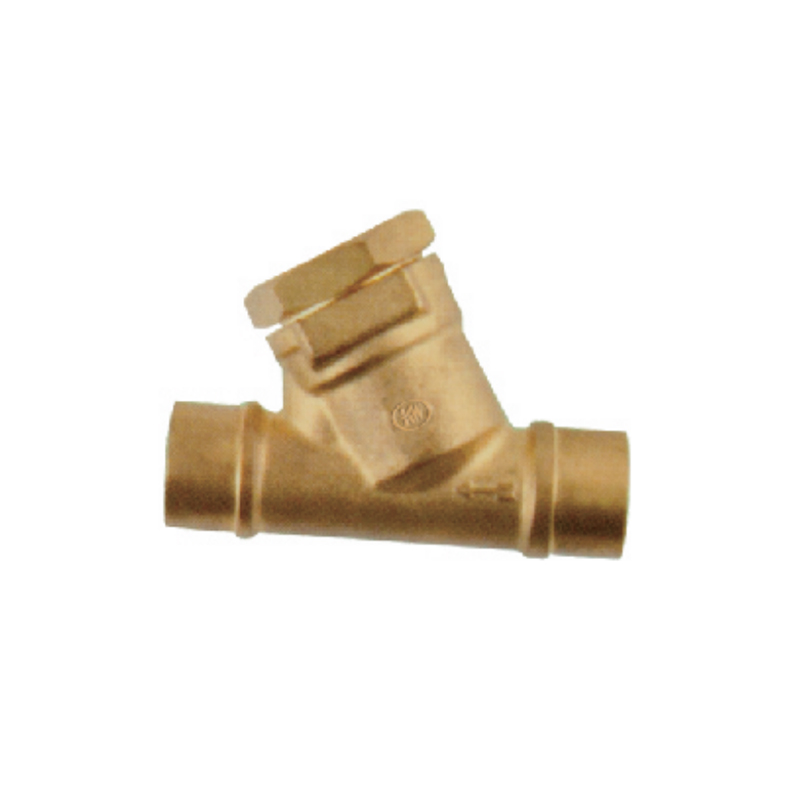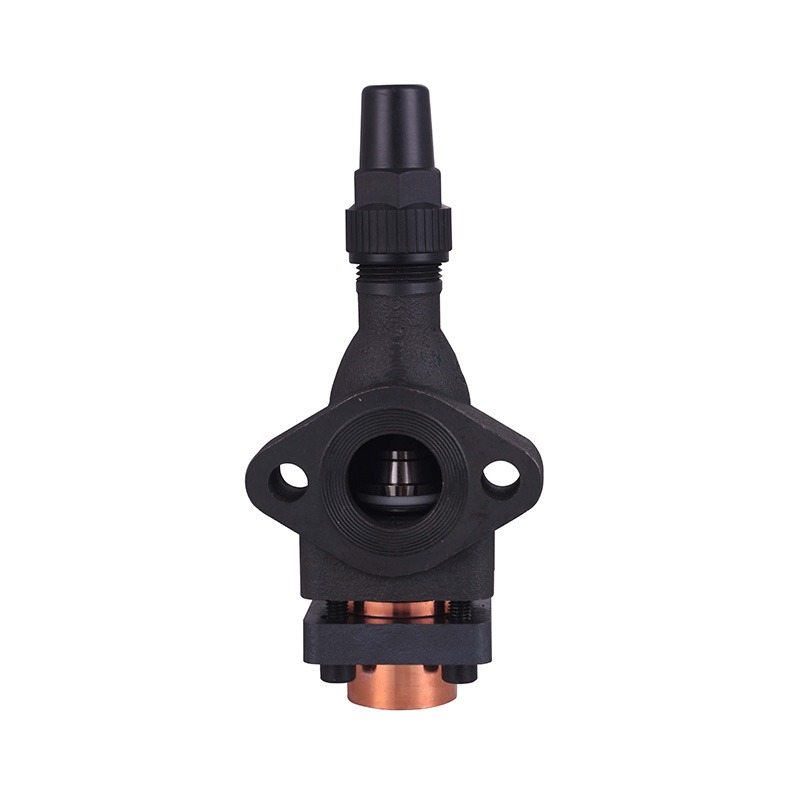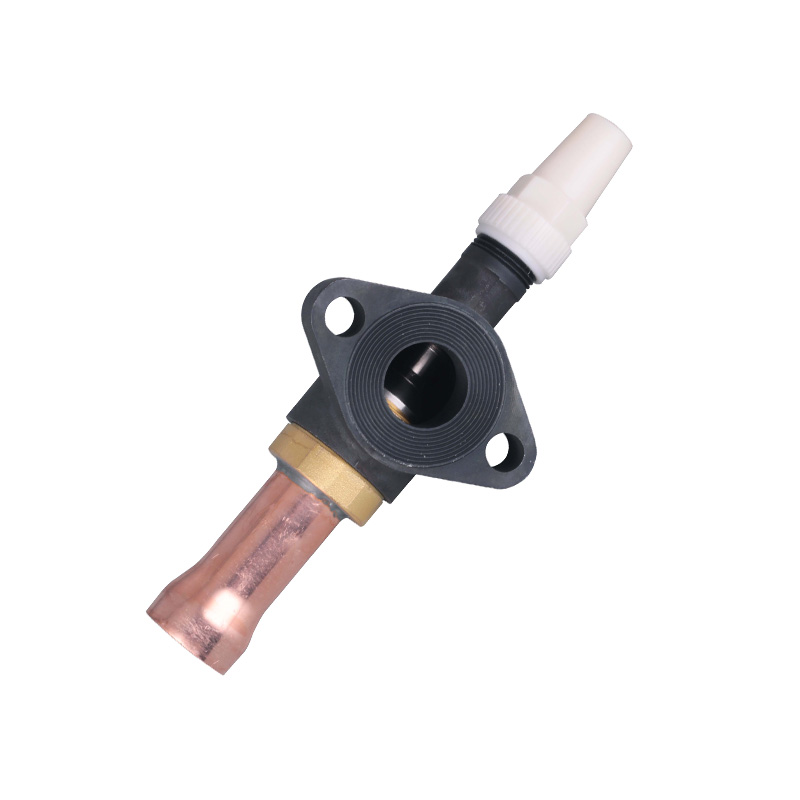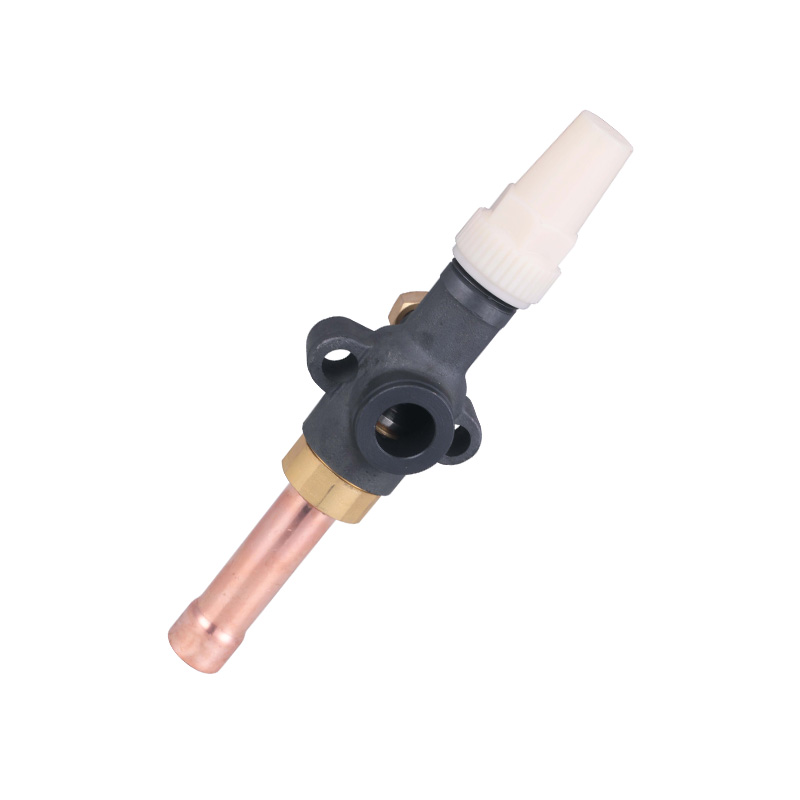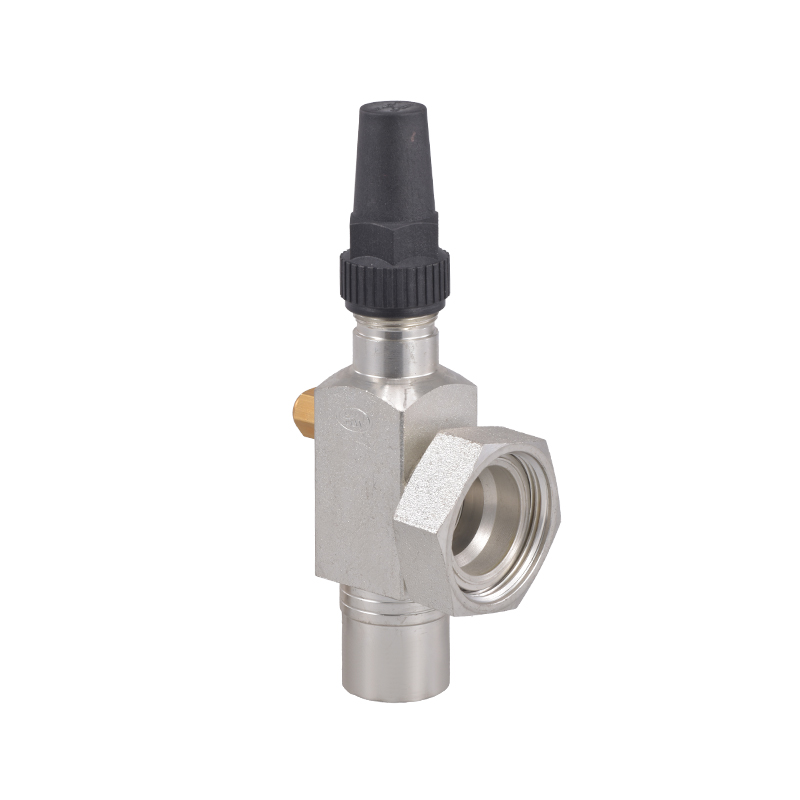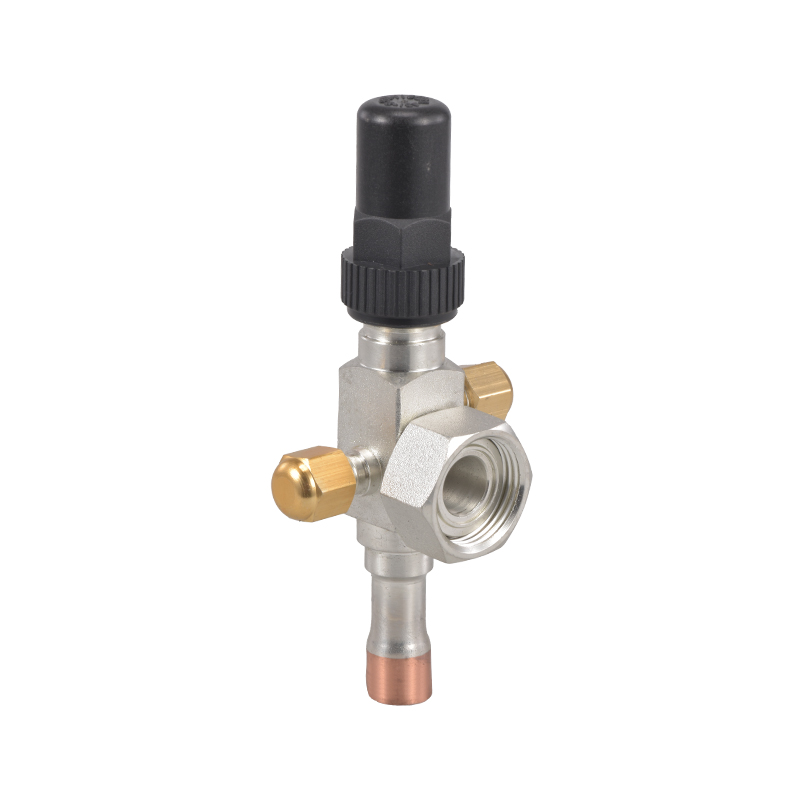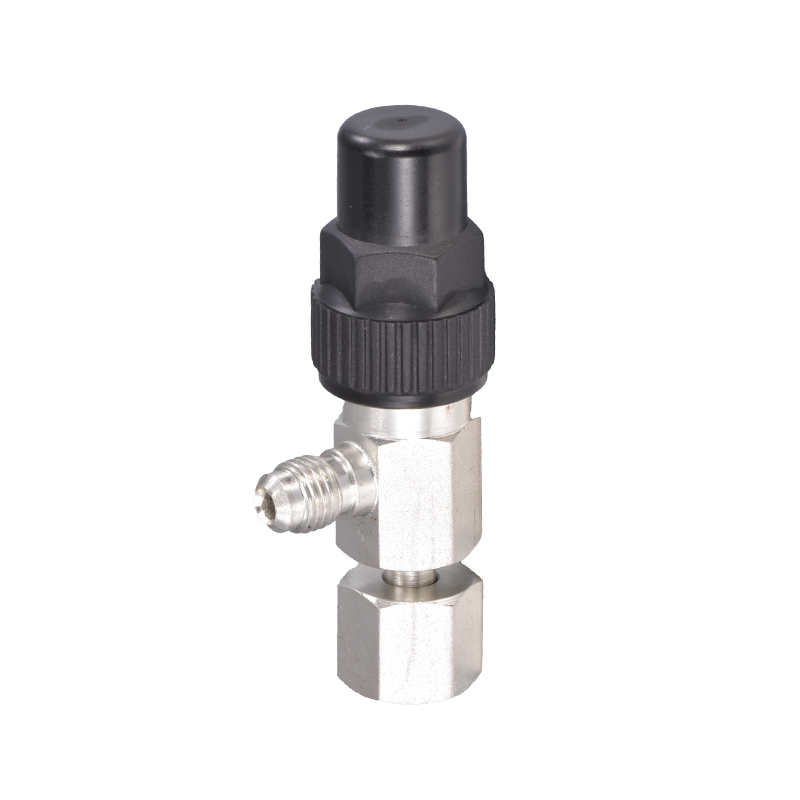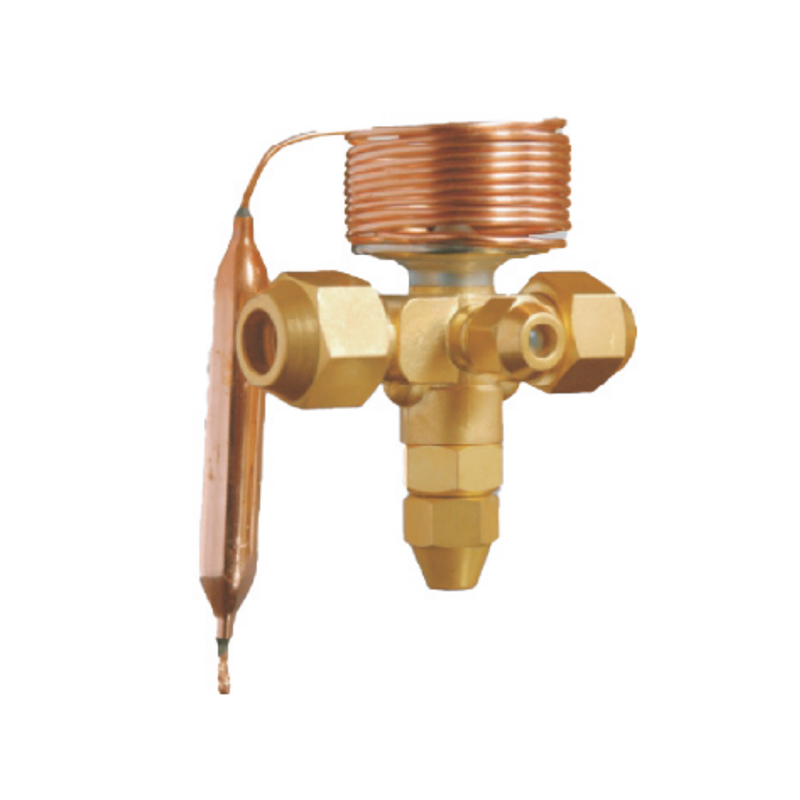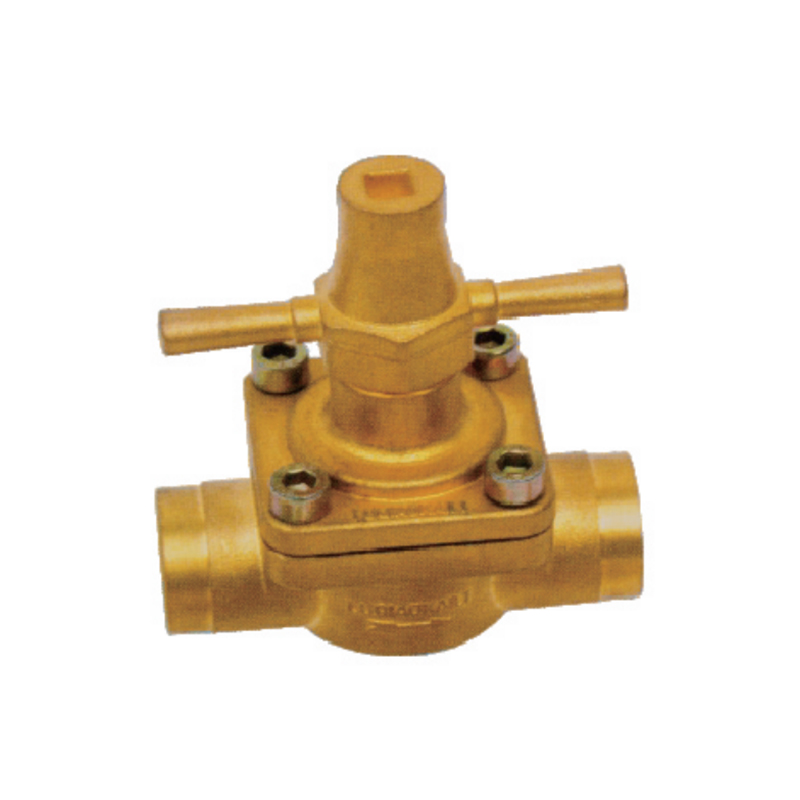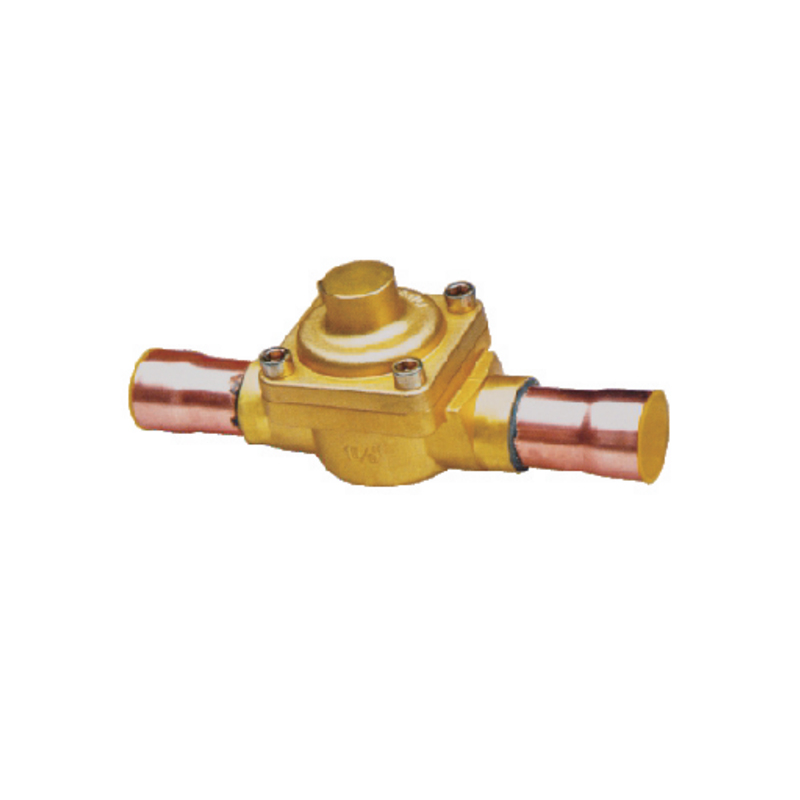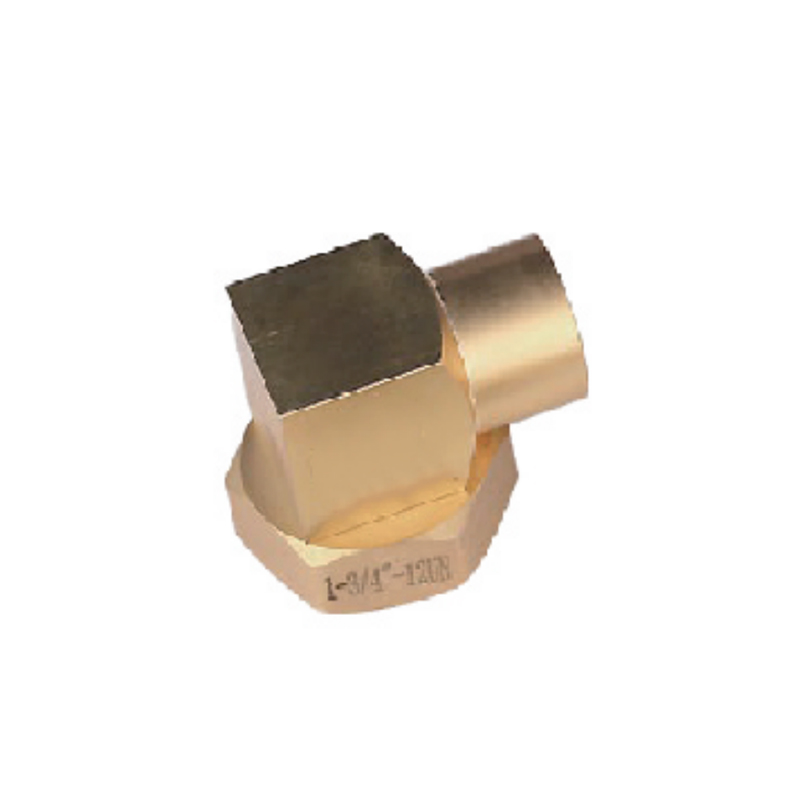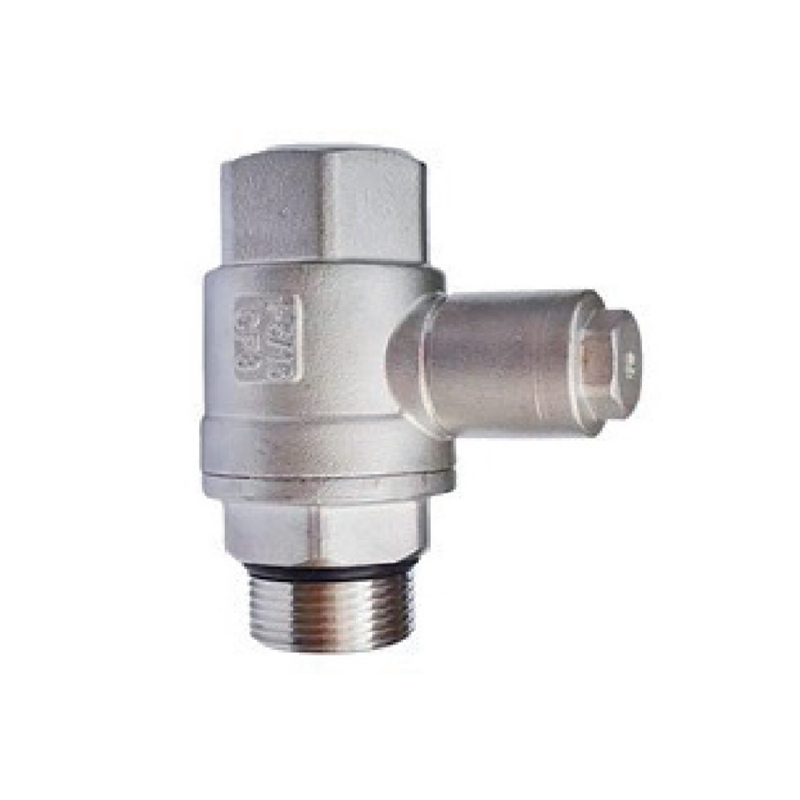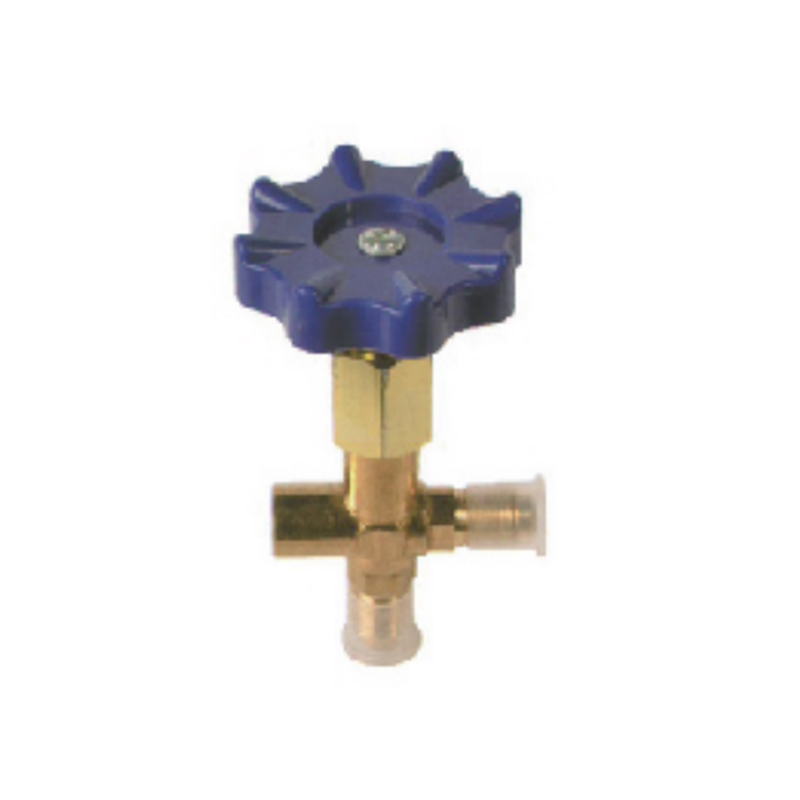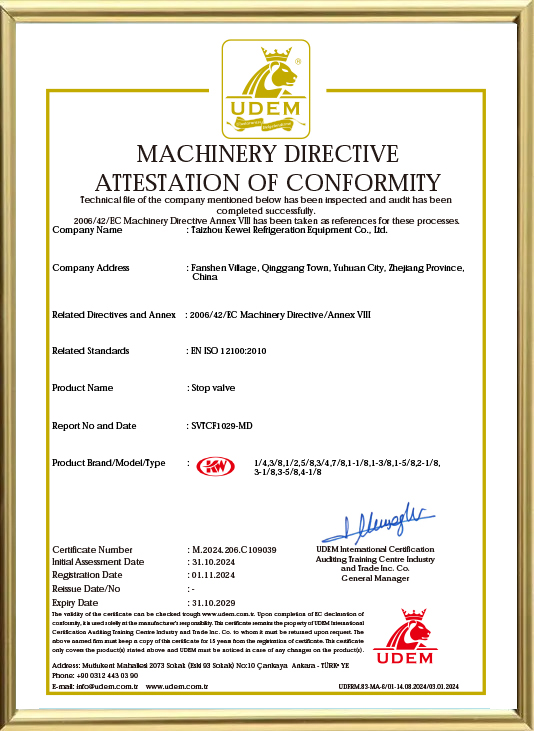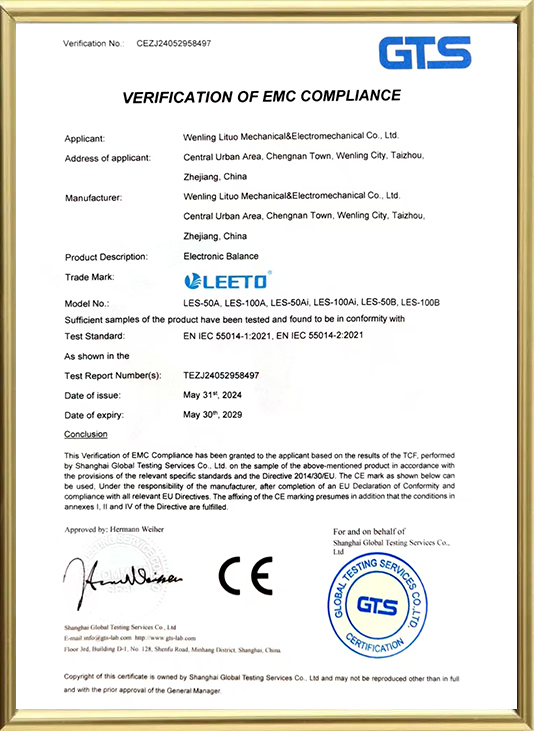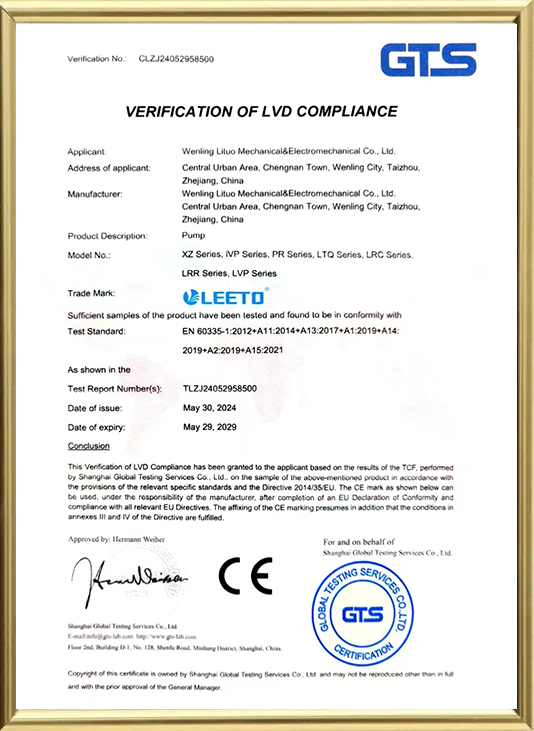In the intricate world of air conditioning and refrigeration systems, the check valve plays a critical role in maintaining the system's efficiency and longevity. A check valve, also known as a one-way valve or non-return valve, is designed to allow fluid to flow in one direction while preventing backflow. This simple yet essential component is crucial for the proper functioning of any HVACR system.
1. Prevention of Backflow
The primary function of a check valve is to prevent the backflow of refrigerant, which can lead to system inefficiencies and potential damage. By ensuring that the refrigerant flows in the correct direction, check valves help maintain the integrity of the system and protect against costly repairs.
2. Enhanced System Performance
With the assurance that the refrigerant is flowing in the intended direction, the overall performance of the air conditioning or refrigeration system is enhanced. This leads to improved cooling and heating capabilities, which in turn translates to energy savings and a more comfortable environment for occupants.
3. Protection Against Damage
Check valves protect the system from potential damage caused by backflow. This is particularly important in systems where the refrigerant could be contaminated or where the pressure could cause damage to components such as compressors and evaporators.
4. Energy Efficiency
By preventing backflow, check valves contribute to the energy efficiency of the system. When the refrigerant flows correctly, the system does not have to work harder to compensate for losses, which can lead to higher energy bills. Efficient flow also means less strain on the system, which can extend the life of the equipment.
5. Easy Installation and Maintenance
Check valves are designed for easy installation and maintenance. This means that they can be quickly and easily integrated into existing systems without the need for extensive modifications. Regular maintenance is also simplified, which can help to reduce downtime and maintenance costs.
6. Noise Reduction
In some cases, check valves can help to reduce noise within the system. By preventing the turbulent flow of refrigerant, they can contribute to a quieter operation, which is particularly beneficial in residential settings or areas where noise is a concern.
7. Durability and Longevity
High-quality check valves are built to last, with materials that can withstand the pressures and temperatures of air conditioning and refrigeration systems. This durability means that the valves will continue to perform their function effectively over time, reducing the need for frequent replacements.
8. Environmental Considerations
Check valves also play a role in environmental protection by ensuring that refrigerant does not leak or escape into the atmosphere. This is particularly important given the environmental impact of certain refrigerants and the regulations in place to control their release.
In conclusion, Air Conditioning Refrigeration System Check Valve is more than just a simple component; they are a critical part of ensuring that these systems operate at their nice. By choosing a high-quality check valve, system owners and operators can enjoy the benefits of improved performance, reduced maintenance, and a more sustainable and cost-effective operation. Whether it's for a residential air conditioning unit or a large-scale commercial refrigeration system, the right check valve is an essential investment for any HVACR professional.




 English
English русский
русский Deutsch
Deutsch
